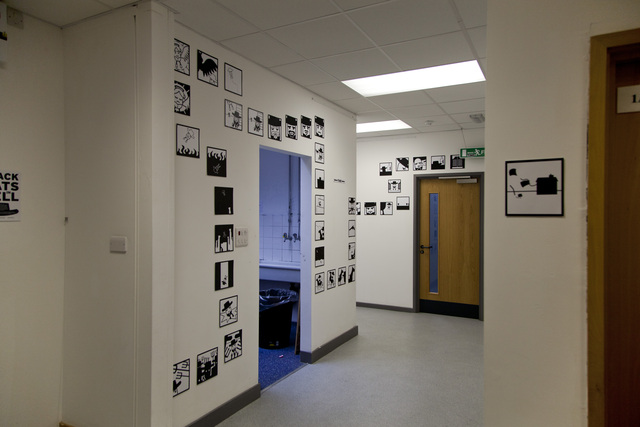Black Hats In Hell
Goodbrey, Daniel
(2013)
Black Hats In Hell.
[Show/Exhibition]
A story of love, hate, revenge and damnation set against the backdrop of the Endless West. Created by Daniel Merlin Goodbrey, Black Hats In Hell takes the form of two unique hypercomic installations at The University of Hertfordshire and Central St Martins.
| Item Type | Show/Exhibition |
|---|---|
| Additional information | Black Hats In Hell was also one of the featured works in the 2013 book Comics Art by Paul Gravett, part of Tate Publishing's Contemporary Arts series. |
| Keywords | hypercomic , installation |
| Date Deposited | 15 May 2025 17:13 |
| Last Modified | 30 May 2025 23:32 |
